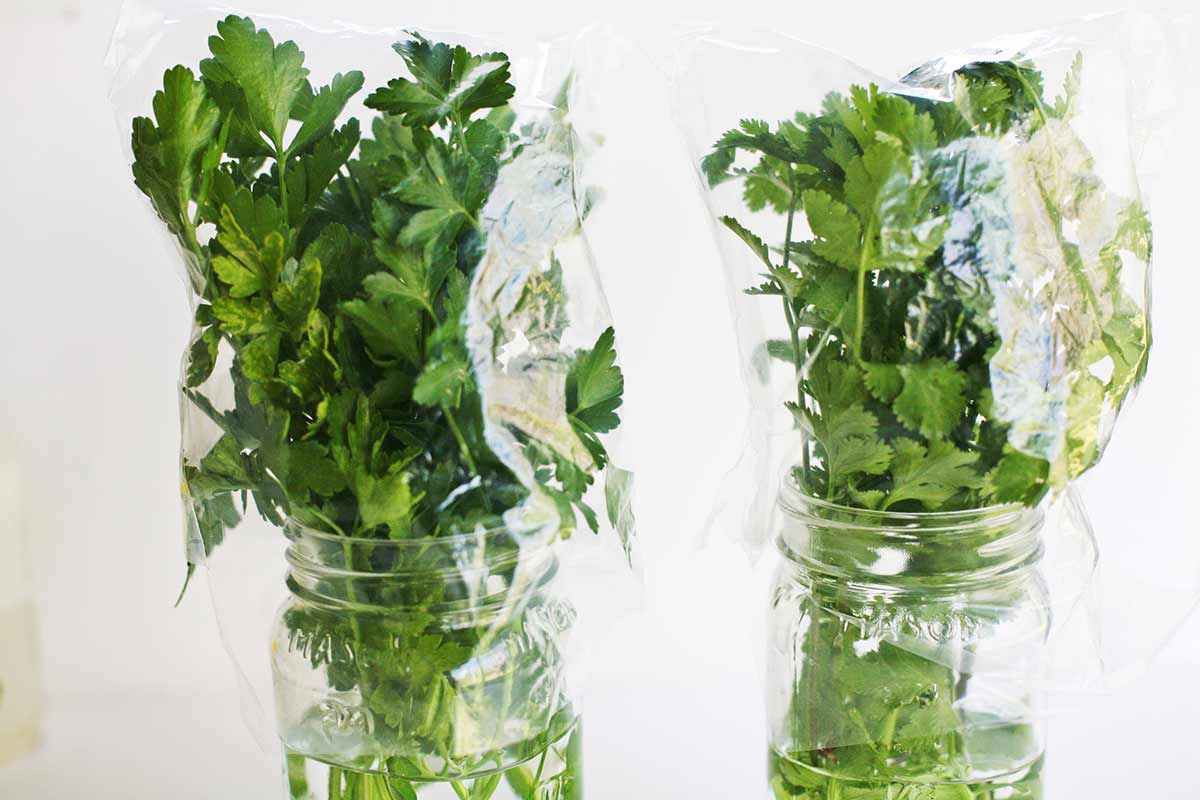

Articles
How To Store Parsley
Modified: February 28, 2024
Learn the best ways to store parsley for maximum freshness and flavor. Our articles provide helpful tips and techniques to keep your parsley tasting great for longer.
(Many of the links in this article redirect to a specific reviewed product. Your purchase of these products through affiliate links helps to generate commission for Storables.com, at no extra cost. Learn more)
Introduction
Welcome to the world of parsley storage! Whether you’re an avid home cook, a passionate gardener, or simply enjoy adding a touch of freshness to your dishes, knowing how to properly store parsley can make a significant difference in preserving its flavor and prolonging its shelf life.
Parsley, a vibrant herb with a mild and slightly peppery flavor, is not only a versatile ingredient but also a great source of essential vitamins and minerals. It can be used as a garnish, added to sauces, soups, and salads, or even enjoyed as a key ingredient in pesto. But like any fresh herb, parsley is highly perishable, and if not stored correctly, it can quickly lose its vibrant green color and aromatic qualities.
Properly storing parsley not only ensures its longevity but also helps to retain its nutritional value, making it a valuable addition to your culinary arsenal. In this article, we will explore various methods for storing parsley, including refrigeration, freezing, drying, and preserving in oil. By following these best practices, you can enjoy fresh and flavorful parsley for an extended period.
Key Takeaways:
- Preserve parsley’s flavor and nutrients by storing it properly. Refrigerate, freeze, dry, or preserve in oil to enjoy fresh, vibrant parsley year-round.
- Maximize parsley’s shelf life with best practices like trimming, wrapping in damp paper towels, and using herb keepers. Enjoy fresh parsley in various dishes.
Read more: How To Store Italian Parsley
Why Proper Storage is Important
Proper storage of parsley is crucial to maintain its vibrant color, fresh taste, and nutritional value. When parsley is not stored correctly, it can deteriorate quickly, losing its essential oils and becoming limp or discolored. Here are a few reasons why proper storage is important:
- Preserving Flavor: Fresh parsley has a delicate flavor profile that can easily be diminished when exposed to air or unfavorable storage conditions. By storing it properly, you can retain its natural taste and aroma, enhancing the overall flavor of your dishes.
- Prolonging Shelf Life: Parsley is a delicate herb that tends to wilt and spoil faster than other hearty greens. Proper storage methods can help extend its shelf life, allowing you to use it in numerous recipes before it goes bad.
- Retaining Nutritional Value: Parsley is rich in vitamins A, C, and K, as well as various minerals. However, these nutrients can degrade when parsley is exposed to heat, light, or moisture. By storing it properly, you can help minimize nutrient loss and maximize its health benefits.
- Cost and Waste Reduction: Parsley can be expensive, especially if you regularly buy it from the grocery store. Proper storage prevents waste by ensuring that you can use the entire bunch before it spoils, saving you money and reducing food waste.
By understanding the importance of proper parsley storage, you can preserve its quality, taste, and nutritional value, allowing you to enjoy this versatile herb to its fullest.
Best Practices for Storing Parsley
When it comes to storing parsley, there are a few best practices to keep in mind. By following these guidelines, you can ensure that your parsley stays fresh and flavorful for as long as possible:
- Harvest and Store Fresh Parsley: If you have a parsley plant in your garden or purchased a fresh bunch from the store, it’s essential to handle it properly from the start. Harvest parsley by cutting the outer stems, leaving the inner ones to continue growing. Store the freshly picked parsley bunch in a container of water, similar to how you would store fresh flowers. This will help maintain its moisture and extend its shelf life.
- Remove Any Damaged Leaves: Before storing parsley, inspect the leaves and remove any damaged or wilted ones. This will prevent them from affecting the rest of the bunch and ensure that you’re storing only the freshest and healthiest leaves.
- Rinse and Dry Thoroughly: Give the parsley a gentle rinse under cold water to remove any dirt or debris. Afterwards, make sure to pat it dry with a paper towel or a clean kitchen towel. Excess moisture can cause the leaves to spoil more quickly, so drying them thoroughly is crucial.
- Wrap in a Damp Paper Towel: To keep the parsley hydrated without excessive moisture, wrap the bunch in a slightly damp paper towel. This will help maintain the herb’s freshness and prevent it from drying out.
- Store in a Plastic Bag: Place the wrapped parsley bunch in a plastic bag, preferably a resealable one, to create a controlled environment. Make sure to squeeze out excess air before sealing the bag tightly. This will help retain the herb’s moisture while protecting it from other odors in the fridge.
- Label and Date the Storage Bag: To keep track of how long the parsley has been stored, label the bag with the date of storage. This will help you prioritize the use of parsley and ensure that you use it before it loses its freshness.
By following these best practices, you can maximize the shelf life and flavor of your parsley, ensuring that it remains a vibrant and valuable ingredient in your cooking endeavors.
Option 1: Refrigerating Parsley
Refrigeration is one of the most common and effective methods for storing parsley. When stored properly in the refrigerator, parsley can stay fresh for up to two weeks. Here’s how to refrigerate parsley:
- Prepare the Parsley: Trim the ends of the parsley stems and remove any damaged leaves. Rinse the parsley under cold water to remove any dirt or debris, and pat it dry with a paper towel or clean kitchen towel.
- Wrap in Paper Towel: Place the parsley in a slightly dampened paper towel, gently wrapping it to create a bundle. The damp paper towel will help maintain the herb’s moisture without causing excessive wetness.
- Place in a Plastic Bag: Put the wrapped parsley bundle in a plastic bag, preferably a resealable one. Squeeze out any excess air before sealing the bag tightly.
- Store in the Vegetable Crisper: Put the plastic bag with the parsley in the vegetable crisper drawer of your refrigerator. The cool and slightly humid environment of the crisper helps to maintain the parsley’s freshness.
- Check and Refresh: Periodically check the parsley for any signs of wilting or moisture buildup. If the paper towel becomes too wet, replace it with a fresh, slightly damp one to prevent mold or spoilage.
- Use within Two Weeks: Parsley stored in the refrigerator should be used within two weeks for optimal freshness and flavor. As the weeks go by, the parsley may start to lose its vibrant green color and flavor, so it’s best to use it sooner rather than later.
Refrigerating parsley is a convenient and effective method that allows you to have fresh herbs readily available for your culinary creations. By following these steps, you can enjoy the freshness of parsley for an extended period.
Option 2: Freezing Parsley
Freezing parsley is an excellent way to preserve its flavor and color for an extended period. This method allows you to have parsley on hand whenever you need it, even if it’s out of season. Here’s how to freeze parsley:
- Prepare the Parsley: Trim the ends of the parsley stems and remove any damaged leaves. Rinse the parsley under cold water to remove any dirt or debris, and pat it dry with a paper towel or clean kitchen towel.
- Blanch the Parsley: Blanching helps to preserve the color and flavor of parsley while also killing any bacteria that might be present. Bring a pot of water to a boil and prepare a bowl of ice water. Submerge the parsley in the boiling water for 10 seconds, then transfer it immediately to the ice water bath for 1 minute.
- Drain and Dry: Remove the parsley from the ice water bath and gently squeeze out any excess moisture. Pat it dry with a paper towel or clean kitchen towel.
- Chop or Leave Whole: Depending on your preference, you can either chop the parsley into small pieces or leave it whole. Chopped parsley is more convenient for measuring, while whole parsley leaves can be used for garnishes or added to dishes directly.
- Flash Freeze: Spread the chopped or whole parsley on a baking sheet lined with parchment paper. Place the baking sheet in the freezer and let the parsley freeze for a couple of hours until it becomes firm.
- Transfer to Containers: Once the parsley is frozen, transfer it to airtight containers or freezer bags. Label the containers with the date and the quantity of parsley inside.
- Store in the Freezer: Place the containers or freezer bags in the freezer and store them for up to six months. Frozen parsley will retain its flavor, but the texture may change slightly, becoming softer.
- Use as Needed: When you need parsley for a recipe, simply take out the desired amount from the freezer and add it directly to your dish. There’s no need to thaw frozen parsley before using it.
Freezing parsley is a convenient method that allows you to enjoy the flavor and freshness of parsley throughout the year. By following these steps, you can have a steady supply of frozen parsley at your fingertips.
To store parsley, trim the stems and place in a glass of water, covering the leaves with a plastic bag. Store in the refrigerator for up to a week.
Read more: How To Store Chopped Parsley
Option 3: Drying Parsley
Drying parsley is a traditional method of preserving this herb, allowing you to have it on hand for an extended period. Dried parsley can be used in various dishes, such as soups, stews, sauces, and marinades. Here’s how to dry parsley:
- Prepare the Parsley: Trim the ends of the parsley stems and remove any damaged leaves. Rinse the parsley under cold water to remove any dirt or debris, and pat it dry with a paper towel or clean kitchen towel.
- Air Dry: To air dry parsley, gather the stems into small bundles and secure them with a rubber band or a piece of twine. Hang the parsley bundles upside down in a well-ventilated area, away from direct sunlight. Allow the parsley to air dry for about 1 to 2 weeks until the leaves are fully dry and brittle.
- Dehydrate: If you have a food dehydrator, you can use it to dry parsley. Place the parsley leaves in a single layer on the dehydrator trays, making sure they don’t overlap. Follow the manufacturer’s instructions for the optimal temperature and drying time. Typically, parsley takes around 2 to 4 hours to fully dry in a dehydrator.
- Oven Drying: Preheat your oven to its lowest setting, around 150°F (65°C) or the lowest possible temperature. Spread the parsley leaves on a baking sheet in a single layer. Place the baking sheet in the oven and leave the door slightly ajar to allow moisture to escape. Let the parsley dry in the oven for 1 to 2 hours or until completely dry and crispy.
- Crush and Store: Once the parsley is dry, remove the leaves from the stems and crush them into smaller pieces using a mortar and pestle, your hands, or a food processor. Transfer the dried parsley flakes to an airtight container, glass jar, or spice jar. Remember to label the container with the date and contents.
- Storage: Store the dried parsley in a cool, dry place away from direct sunlight. Dried parsley can retain its flavor and quality for up to 1 year, but for the best flavor, it’s recommended to use it within 6 to 8 months.
- Rehydrate if Desired: If you prefer to use dried parsley in dishes that require moisture, you can rehydrate it before use. Simply soak the desired amount of dried parsley in a small amount of warm water for about 10 to 15 minutes and drain off any excess liquid before adding it to your recipe.
Drying parsley allows you to have a readily available supply of this herb, even when it’s out of season. By following these steps, you can enjoy the flavor and herbal goodness of dried parsley in your favorite dishes.
Option 4: Preserving Parsley in Oil
If you want to preserve parsley while keeping its flavors intact, preserving it in oil is a fantastic option. This method not only helps to maintain the herb’s freshness but also infuses the oil with the unique taste and aroma of parsley. Here’s how to preserve parsley in oil:
- Prepare the Parsley: Trim the ends of the parsley stems and remove any damaged leaves. Rinse the parsley under cold water to remove any dirt or debris, and pat it dry with a paper towel or clean kitchen towel.
- Chop the Parsley: Finely chop the parsley leaves and stems to your preferred consistency. Some may prefer a coarser chop, while others may opt for a finer texture.
- Blanch (Optional): If you want to enhance the color and flavor of the preserved parsley, you can blanch it briefly. Blanch the chopped parsley in boiling water for about 10 seconds, then transfer it to an ice water bath to stop the cooking process. Drain the parsley well and let it dry completely.
- Choose an Oil: Select a high-quality oil with a neutral flavor, such as extra virgin olive oil, vegetable oil, or sunflower oil. The oil should be fresh and free from any rancid or off flavors.
- Layer the Parsley in Jars: Fill clean, sterilized jars with alternating layers of parsley and oil. Begin with a layer of parsley at the bottom of the jar, then pour enough oil to cover it completely. Repeat this layering process until the jar is nearly full, leaving a small headspace at the top.
- Top with Oil: Once the jar is filled with parsley and oil, make sure that the parsley is fully submerged in oil. Use a clean spoon or a spatula to press down gently, ensuring there are no air pockets trapped inside.
- Seal and Store: Seal the jars tightly with lids and store them in a cool, dark place, such as a pantry or cupboard. The parsley preserved in oil can last for several weeks to a few months, depending on the quality of the oil used.
- Use and Enjoy: When you need parsley for a recipe, simply scoop out the desired amount from the jar and use it as you would with fresh parsley. The preserved parsley in oil adds a flavorful punch to dishes like pasta, dressings, marinades, and more.
Preserving parsley in oil not only prolongs its shelf life but also allows you to infuse the oil with its delightful taste and aroma. By following these steps, you can have a jar of preserved parsley in oil ready to elevate your culinary creations.
Additional Tips for Parsley Storage
To ensure the longevity and freshness of your parsley, here are some additional tips for parsley storage:
- Trim the Stems: Trim the ends of the parsley stems before storing. This not only helps to improve the appearance of the herb but also allows better water absorption when storing in a water-filled container.
- Use Herb Keepers: Invest in an herb keeper or herb storage container specifically designed to keep herbs fresh. These containers provide the optimal environment for parsley, with features like a water reservoir and adjustable air vents.
- Don’t Wash Until Ready to Use: Avoid washing parsley until you’re ready to use it. Excess moisture can accelerate spoilage, so it’s best to keep it dry until you’re ready to incorporate it into your recipes.
- Store Different Herbs Separately: If you have multiple types of herbs, it’s best to store them separately. Each herb has different storage requirements, so keeping them separate prevents cross-contamination of flavors and helps maintain their individual freshness.
- Don’t Store with Fruits: Avoid storing parsley with fruits, especially ethylene-producing fruits like apples, bananas, and tomatoes. Ethylene can cause parsley to wilt and spoil more quickly.
- Consider Ice Cube Trays: If you frequently use parsley in small quantities, consider freezing chopped parsley in ice cube trays. Fill each compartment with chopped parsley, then cover with water or oil. Once frozen, transfer the parsley cubes to a freezer bag for easy portioning in your recipes.
- Label and Date: Always label your parsley storage containers or bags with the date of storage. This helps you keep track of freshness and prioritize the use of older parsley before using newer batches.
- Inspect Regularly: Check your parsley storage regularly for any signs of spoilage, mold, or discoloration. Remove any affected leaves or stems promptly to prevent the spread of spoilage.
- Consider Growing Your Own: If you have a green thumb, consider growing your own parsley. This way, you can have a fresh supply of parsley whenever you need it, right from your garden.
By following these additional tips, you can optimize the storage of parsley and ensure that it stays fresh, flavorful, and ready to use whenever inspiration strikes in the kitchen.
Conclusion
Parsley is a versatile herb that adds a touch of freshness and flavor to various culinary creations. By understanding the best practices for its storage, you can prolong its shelf life, maintain its vibrant color, and preserve its nutritional value. Whether you choose to refrigerate, freeze, dry, or preserve parsley in oil, each method offers its unique benefits and allows you to enjoy this herb year-round.
Refrigerating parsley is a convenient option, providing easy access to fresh parsley for up to two weeks. Freezing parsley allows you to preserve its flavor and have it readily available even when it’s out of season. Drying parsley is a traditional method that retains its herbaceous qualities and can be used in various dishes. Preserving parsley in oil not only preserves its freshness but also infuses the oil with its distinct aroma and taste.
Remember to follow the specific instructions for each storage method, including proper preparation, handling, and storing conditions. Additionally, implementing additional tips such as trimming the stems, using herb keepers, and storing parsley separately from other herbs can help enhance its longevity and freshness.
Whether you choose to store parsley for short-term use or long-term preservation, the key is to maintain its quality by minimizing exposure to air, light, and moisture. By storing parsley correctly, you can enjoy its vibrant green color, delicate flavor, and numerous health benefits for an extended period.
So next time you bring home a bunch of fresh parsley, don’t let it go to waste. Employ the appropriate storage method and enjoy the flavor and versatility of this herb in your culinary endeavors. With proper parsley storage, your dishes will be elevated with its vibrant presence whenever you need it.
Frequently Asked Questions about How To Store Parsley
Was this page helpful?
At Storables.com, we guarantee accurate and reliable information. Our content, validated by Expert Board Contributors, is crafted following stringent Editorial Policies. We're committed to providing you with well-researched, expert-backed insights for all your informational needs.
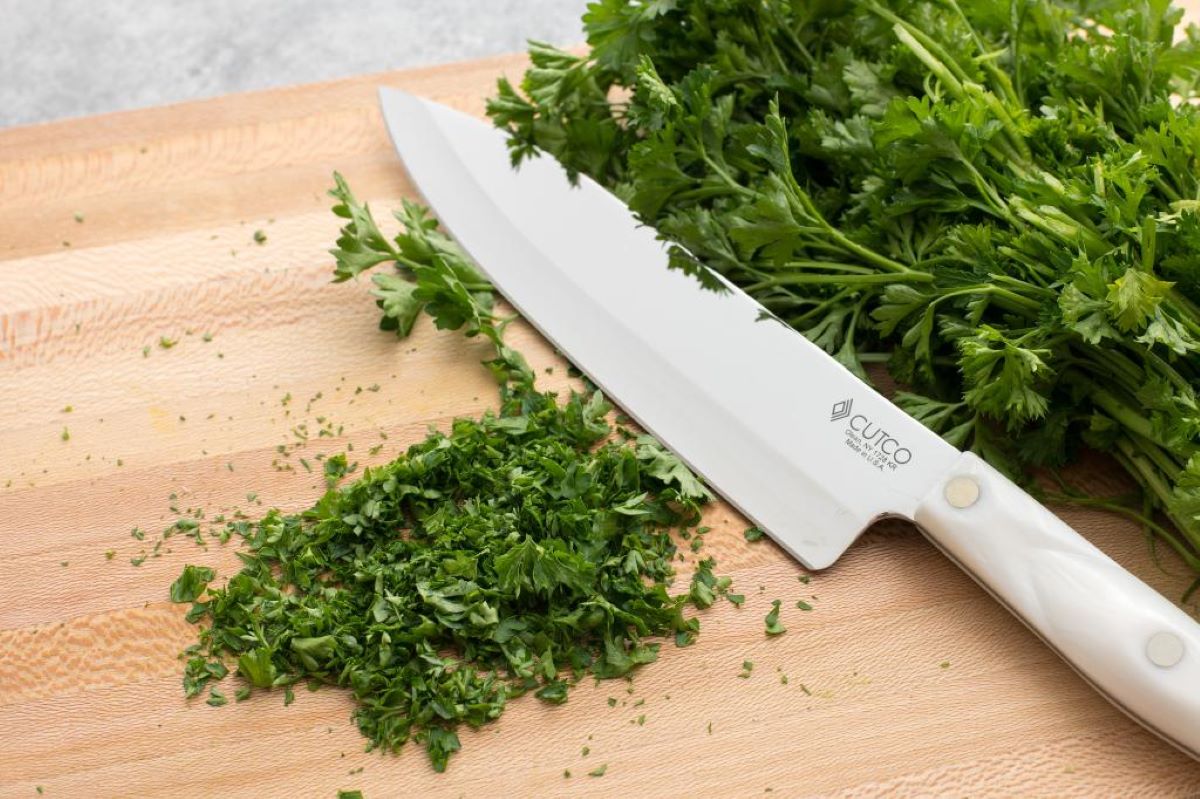
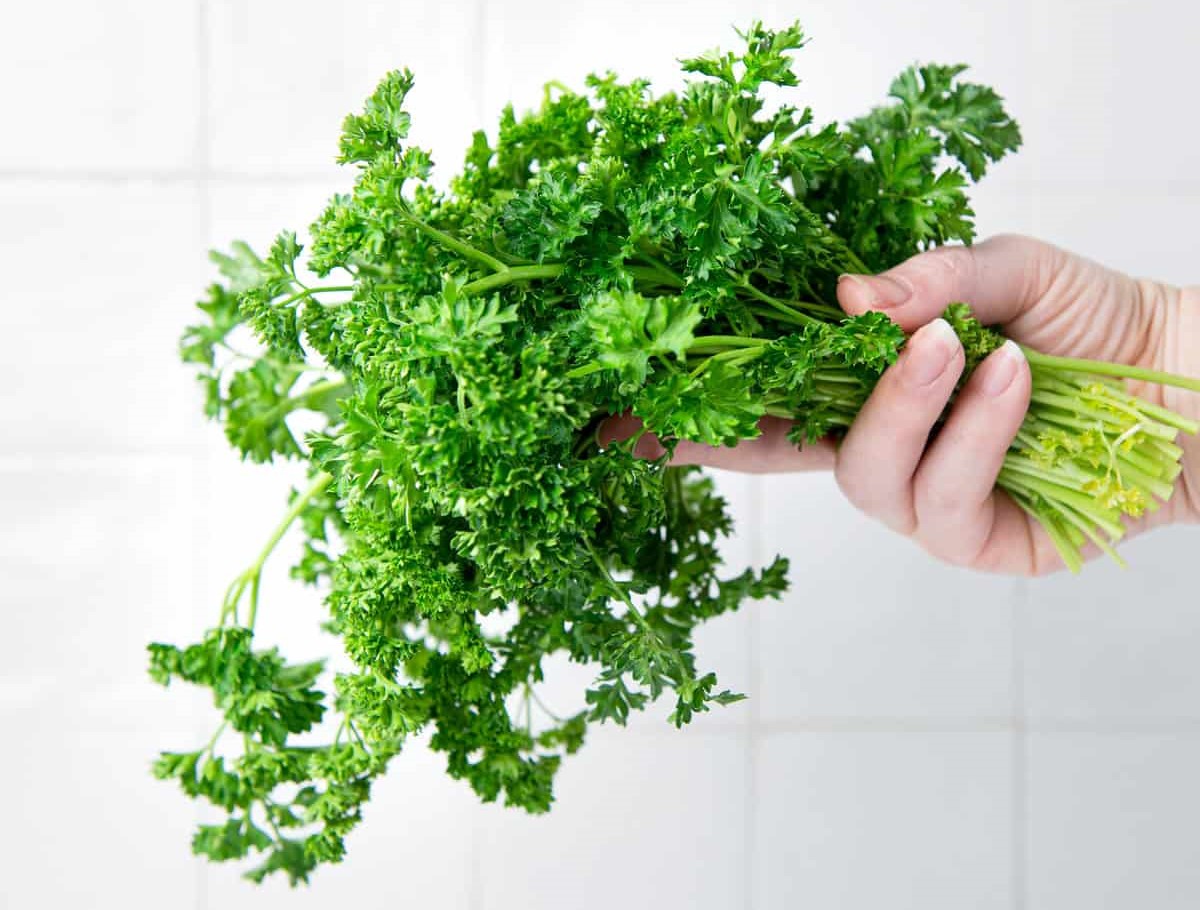

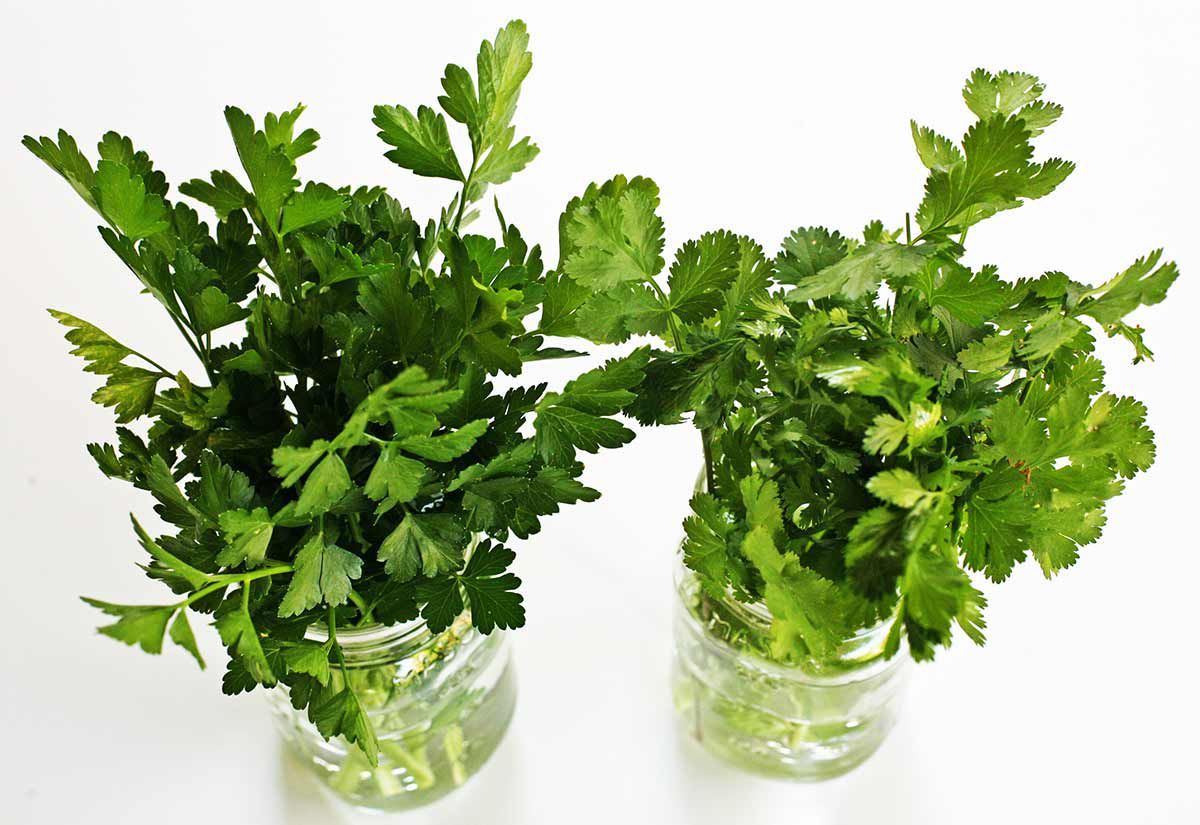
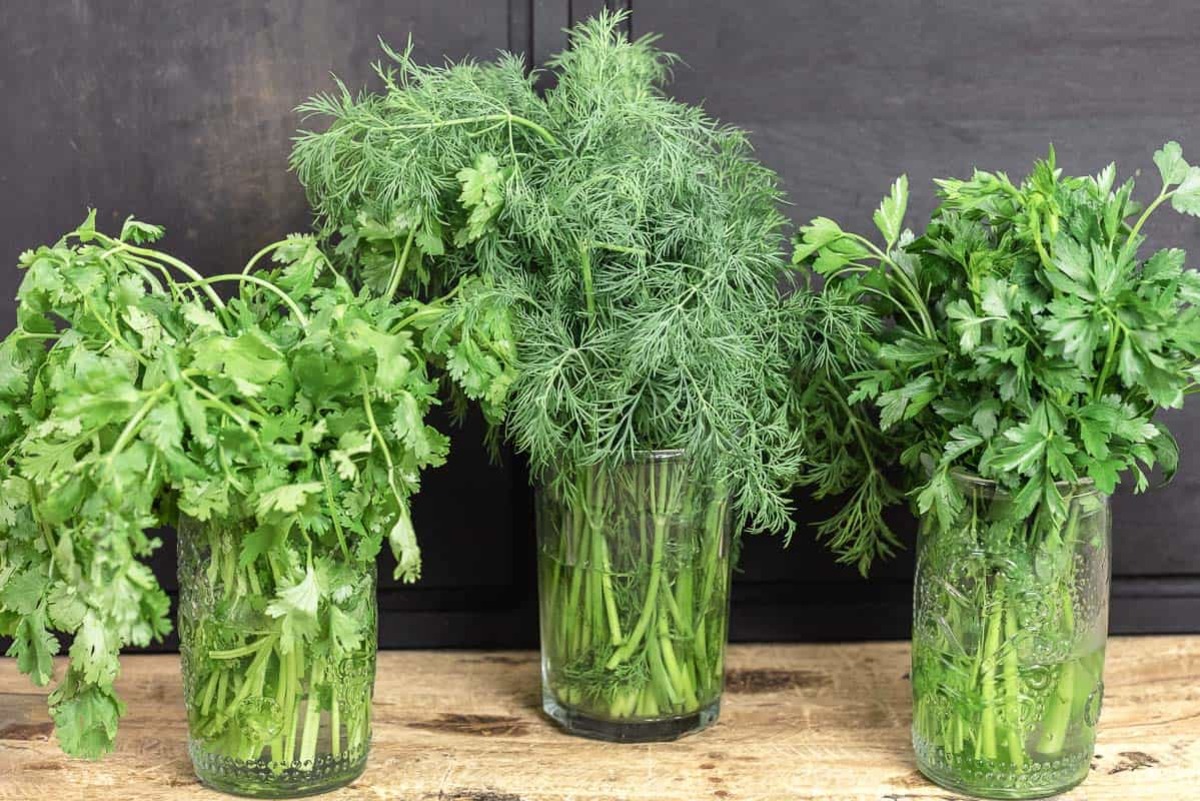
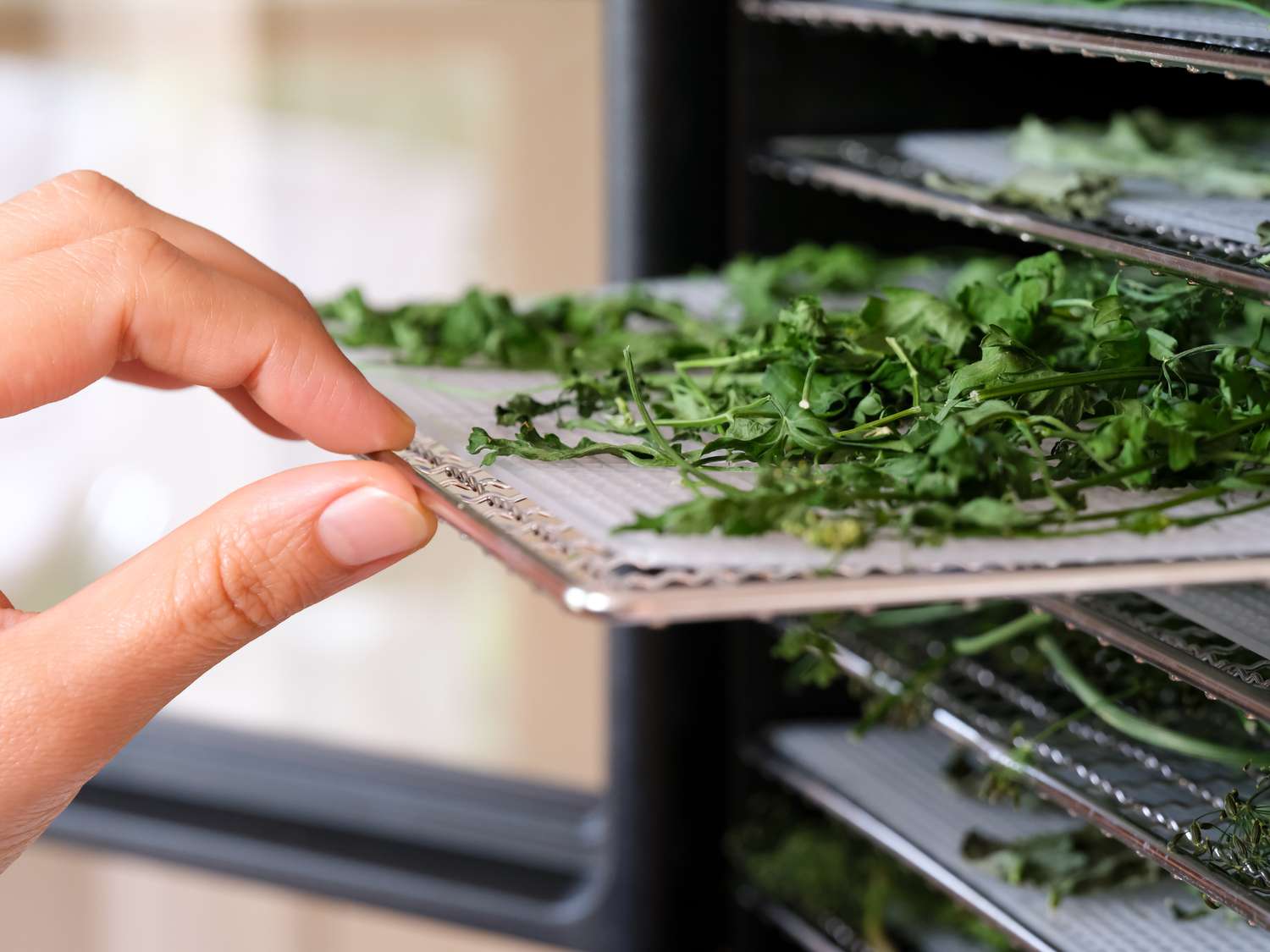
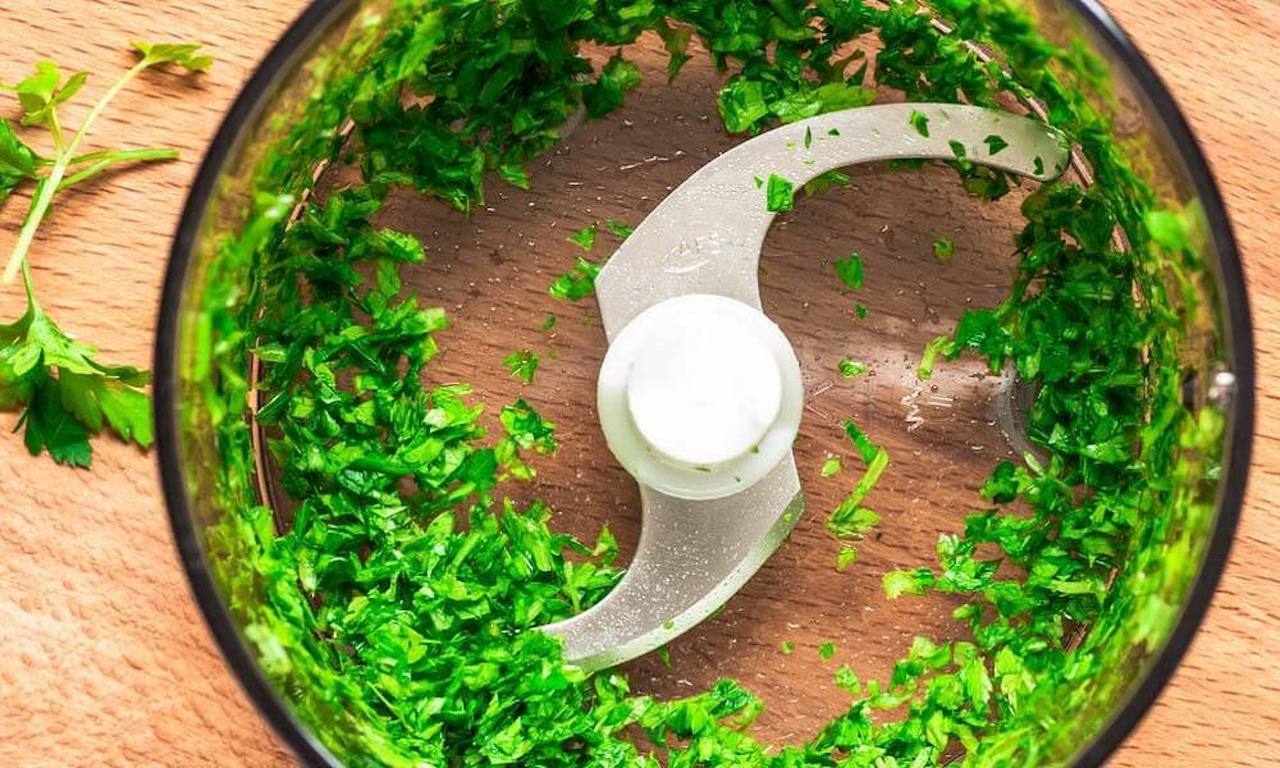

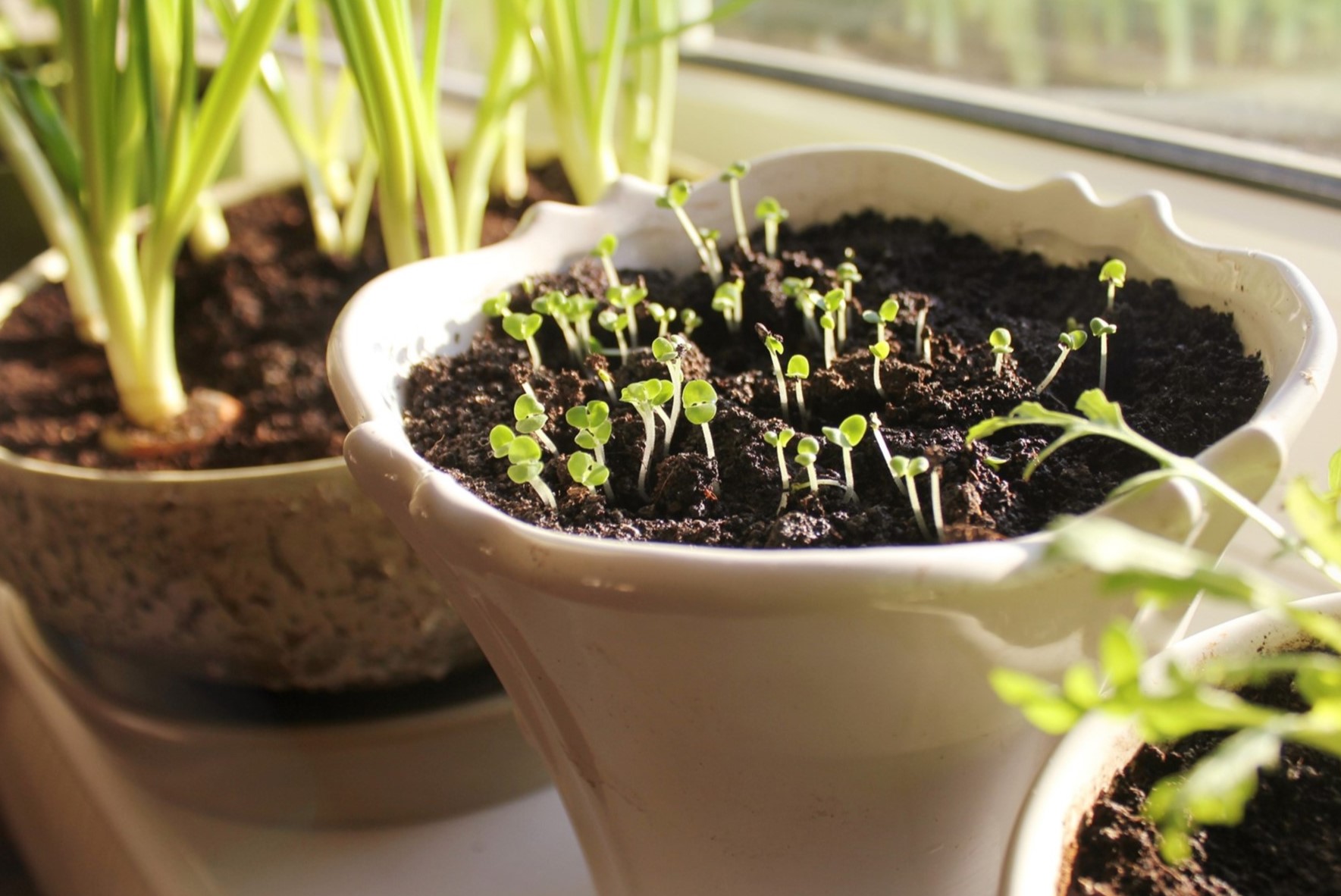
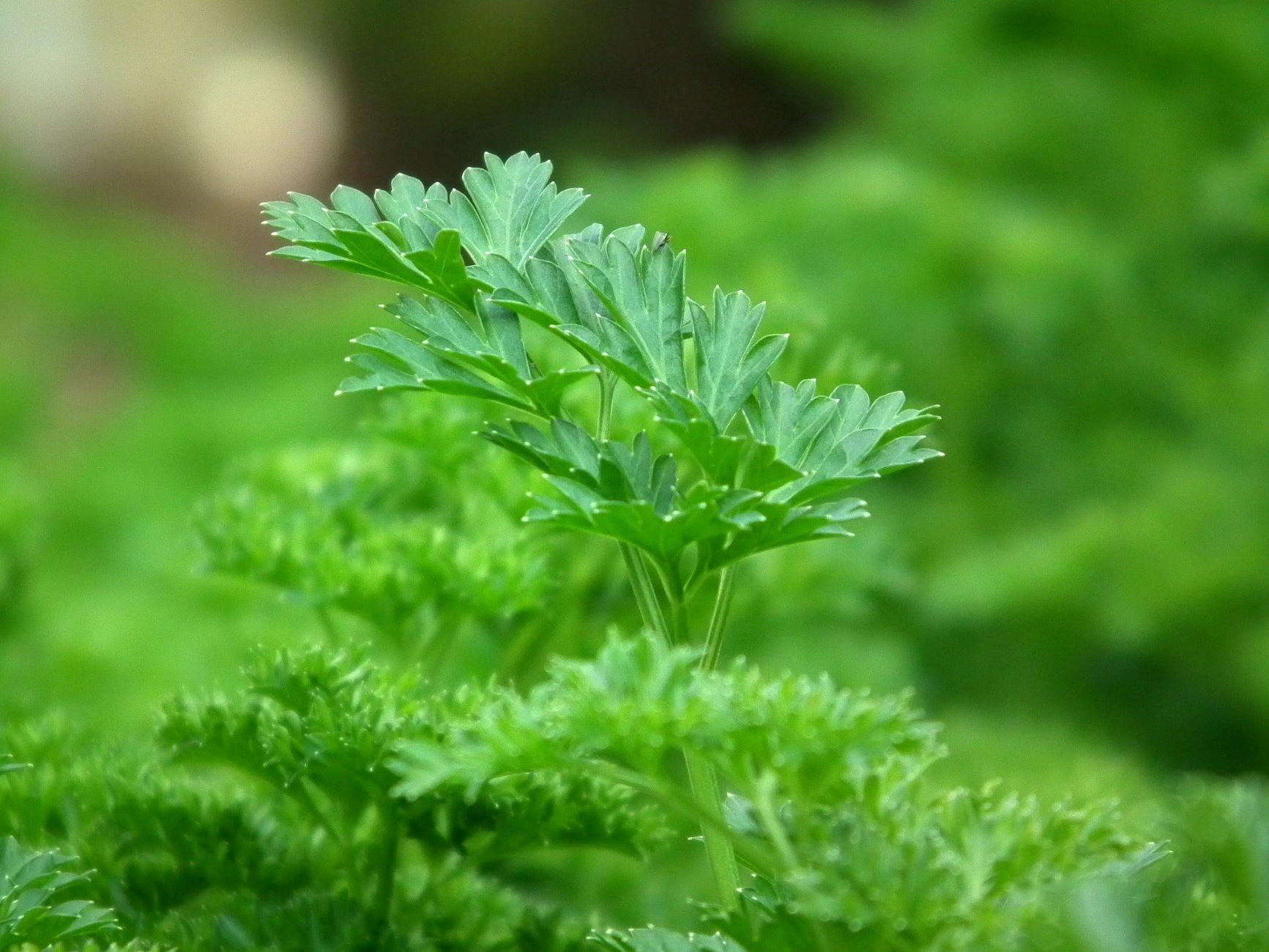
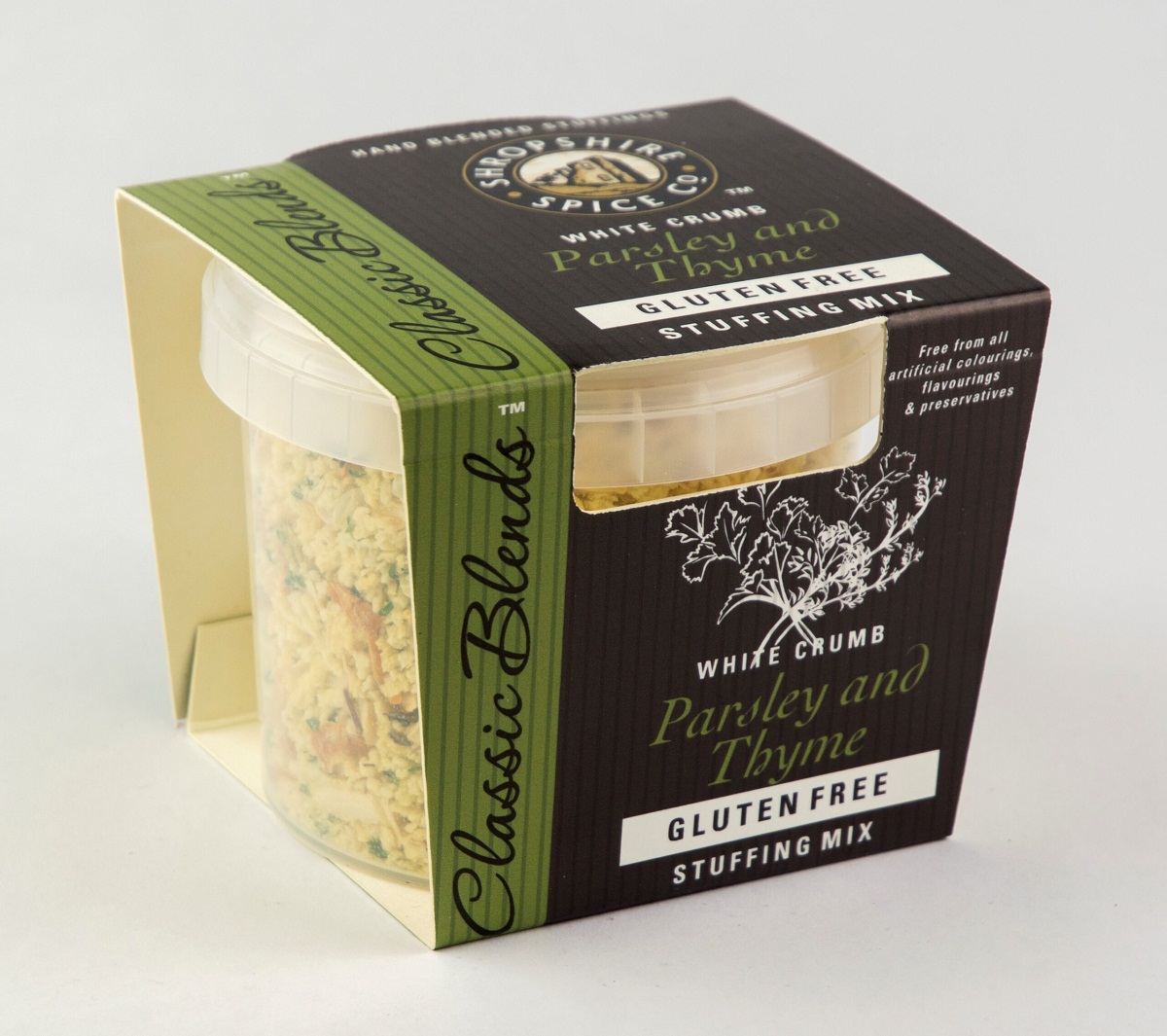




0 thoughts on “How To Store Parsley”